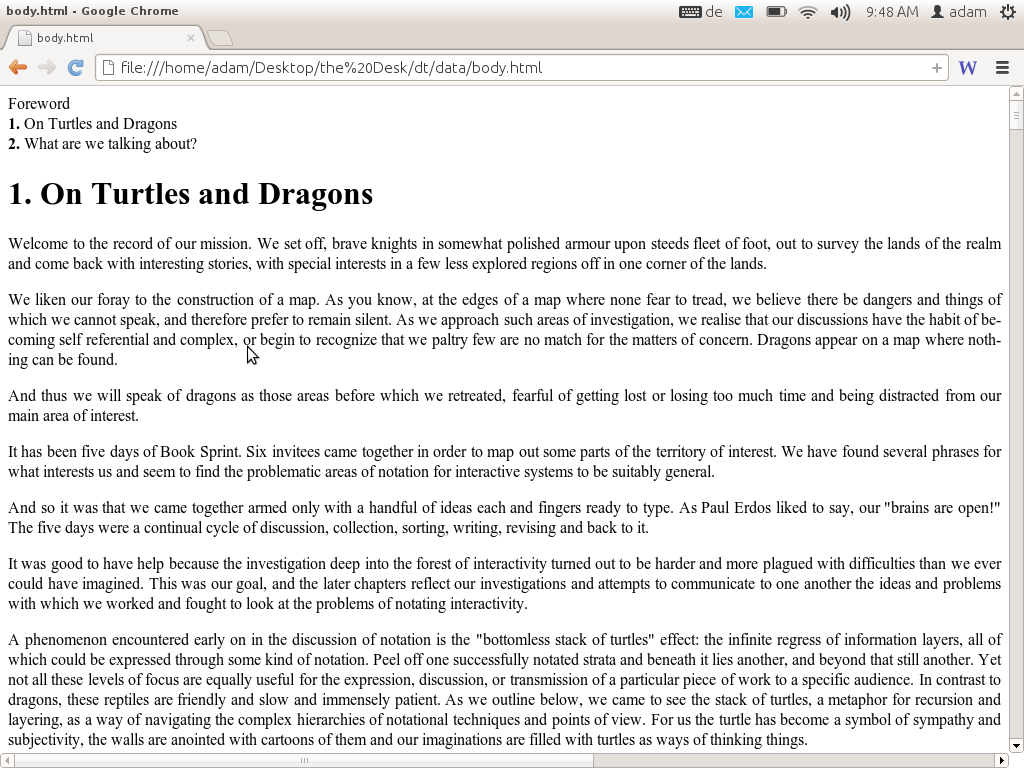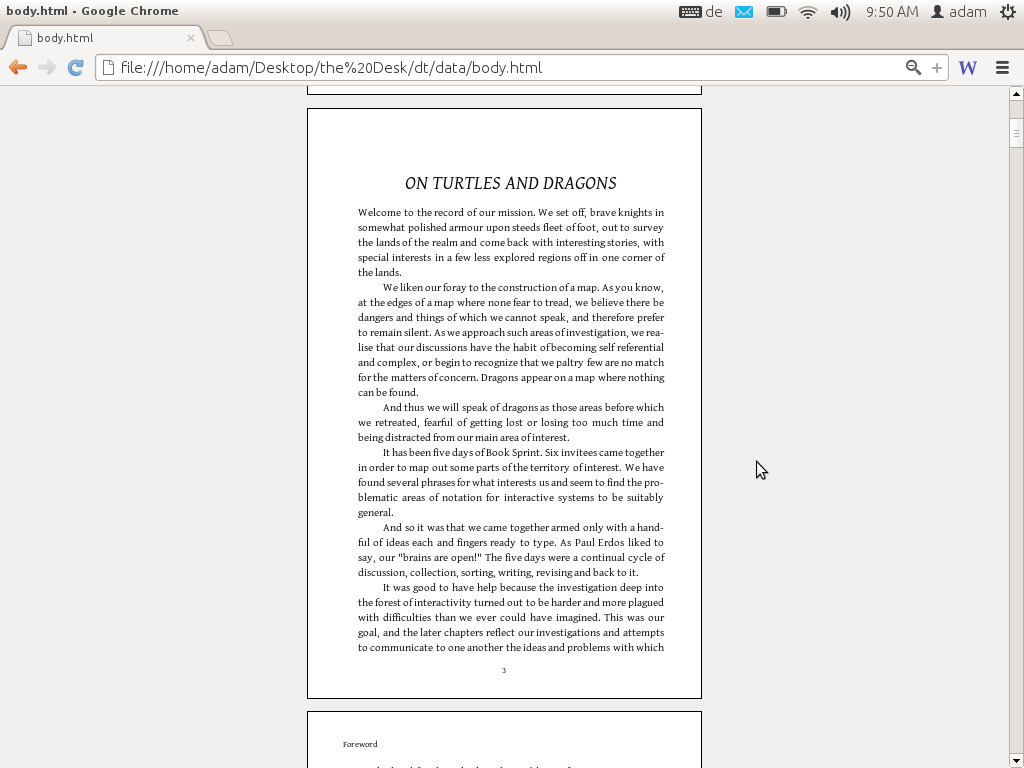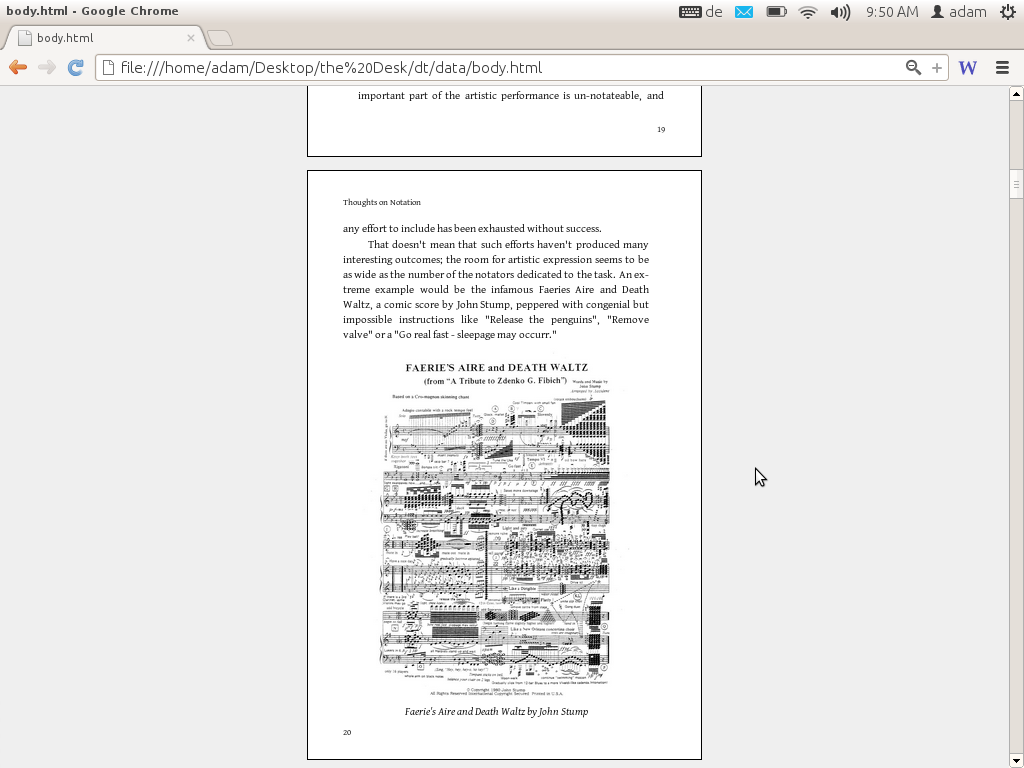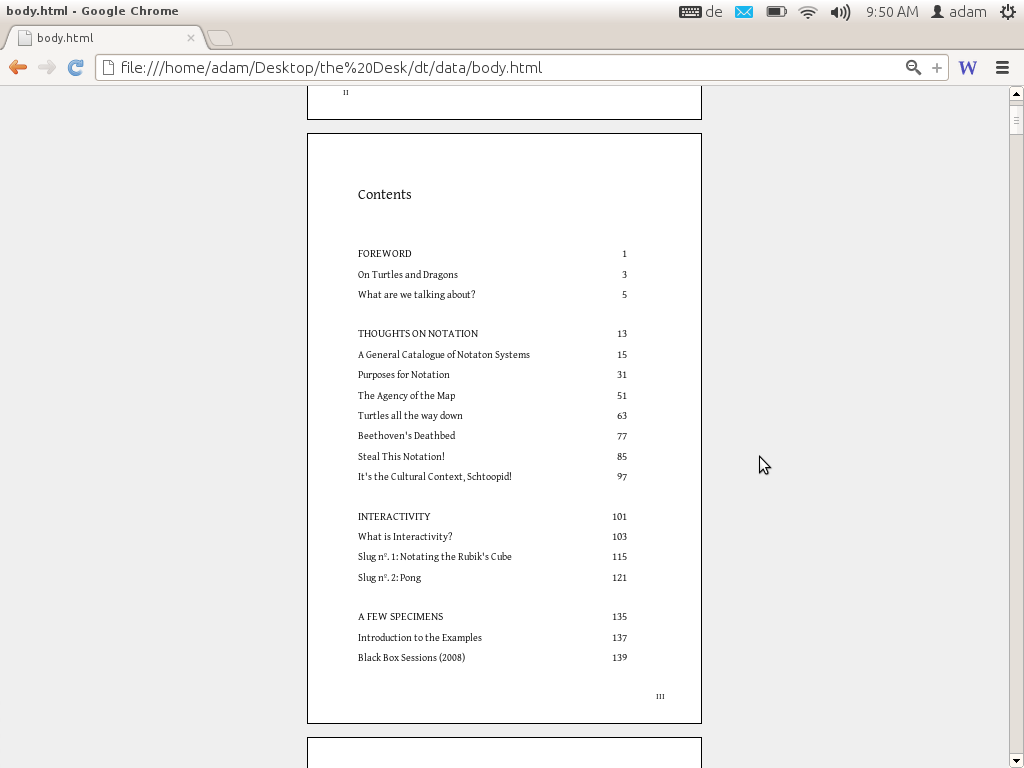The explosion in web typesetting has been largely unnoticed by everyone except the typography geeks. One of the first posts that raised my awareness of this phenomenon was From Print to Web: Creating Print-Quality Typography in the Browser by Joshua Gross. It is a great article which is almost a year old yet still needs to be read by those that haven’t come across it. Apart from pointing to some very good JavaScript typesetting libraries, Joshua does a quick comparison of InDesign features vs. what is available in CSS and JS libs (at the time of writing).
It’s a very quick run down and shows just how close things are getting. In addition, Joshua points to strategies for working with baselines using grids formulated by JavaScript and CSS. Joshua focuses on Hugrid but also worth mentioning is the JMetronome library and BaselineCSS. These approaches are getting increasingly sophisticated and, of course, they are all Open Source.
It brings to our attention that rendering engines utilising HTML as a base file format are ready to cash in on some pretty interesting developments. However, it also highlights how rendering engines that support only CSS (such as the proprietary PrinceXML) are going to lose out in the medium and long term since they lack JavaScript support. JavaScript, as I mentioned before, is the lingua franca of typesetting. JS libs enable us to augment, improve, and innovate on top of what is available directly through the browser. Any typesetting engine without JavaScript support is simply going to lose out in the long run. Any engine that ignores JavaScript and/or is proprietary, loses out doubly so since it is essentially existing on a technical island and cannot take advantage of the huge innovations happening in this field which are available to everyone else.
Once again, this points the way for the browser as typesetting engine; HTML as the base file format for web, print, and ebook production; and CSS and Javascript as the dynamic duo lingua franca of typesetting. All that means Open Source and Open Standards are gravitating further and faster towards the core of the print and publishing industries. If you didn’t think Open Source is a serious proposition it might be a good idea to call time-out, get some JS and CSS wizards in, and have a heart-to-heart talk about the direction the industry is heading in.
Correction: The latest release of PrinceXML has limited beta Javascript support. Thanks to Michael Day for pointing this out.
Originally published on O’Reilly, 19 Nov 2012 http://toc.oreilly.com/2012/11/indesign-vs-css.html




